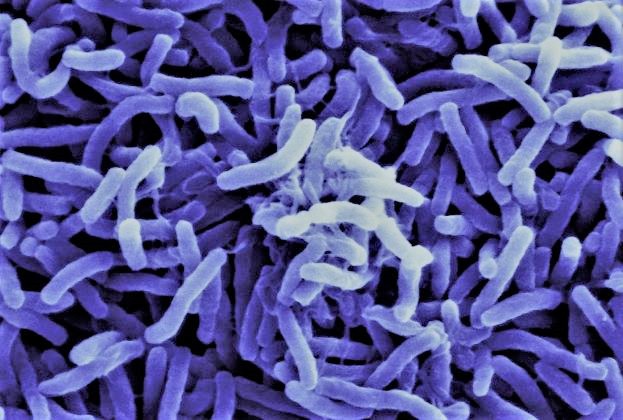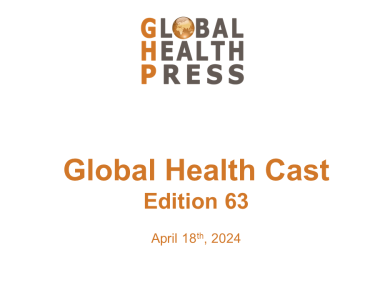Introduction
As of January 30, 2022, Cameroon has recorded 1,102 cholera cases across five Regions. The outbreak has already claimed the lives of 32 persons. These figures were reported by the Cameroon Ministry of Public Health in early February 2022.
Cholera is a highly contagious acute diarrhoeal infection, which is caused by ingestion of water or food contaminated with the bacterium, Vibrio cholerae. The disease still poses a significant public health threat globally. Each year, about 1.3 to 4.0 million cases are reported annually with 21,000 to 143,000 deaths.
Cholera is endemic in Cameroon. Since 2018, cholera outbreaks have been reported annually in various regions of the country including the currently affected regions (South West, Centre, and Littoral). Early in 2021, sporadic cases were reported and an outbreak was declared on October 31, 2021 by the Ministry of Health. Between October 25 and December 10, 2021, the South West, Littoral, and Centre Regions cumulatively reported 309 suspected cases and 4 laboratory-confirmed cholera cases with no epidemiological links between the cases in South West and Centre Region. Two months later, the number of cases is almost fourfold with two new regions affected – the South and Far North Region.
Risk Assessment
Risk factors identified critical in the circulation of Vibrio cholerae in Cameroon include limited access to safe drinking water and sanitation facilities, overcrowding, and cultural practices that contribute to unsafe Water, Sanitation, and Hygiene (WASH) conditions. The districts affected in the hotspot region, South West Region, are mostly part of an archipelago with limited access to safe drinking water and latrines, inadequate overall hygienic conditions, and limited access to health care services. The security constraints stemming from the ongoing socio-political crisis in this Region have worsened health care access challenges already posed by geographical inaccessibility and poor communication network, further posing a threat to cholera control in this Region.
National Intervention Strategy
Currently, Incidence Management System (IMS) has been activated in all affected regions to coordinate cholera control. There is continuous case surveillance and investigation, and case management in existing health facilities and newly created Cholera Treatment Units (CTU). WASH intervention and community-based sensitization are ongoing as well. Cholera vaccine request has been made and roll-out is currently in the planning phase. Major challenges are the unavailability of CTU in some affected health areas, insufficient cholera vaccine capacity to manage the upcoming interventional vaccination campaign, and inadequate rapid test kits, and Carry Blair Media for transportation of samples.
Conclusion and Key Recommendations
The recurrent cholera epidemic is gradually posing a significant strain on the health system. It is therefore of utmost importance to:
- Develop and implement sustainable WASH solutions in districts recurrently affected by cholera outbreaks, especially in the archipelago and arid areas.
- Enhance cholera surveillance, especially in high-risk zones.
- Evaluate progress made in implementing the strategies and resolution enshrined in the “Ending Cholera: A global roadmap to 2030” that was passed in May 2018 at the 71st World Health Assembly.
- Develop a tool for forecasting resource needs.
By Dr. Sangwe Clovis Nchinjoh Associate Routine Immunisation in Missed Communities, Clinton Health Access Initiative, Inc.
By Yauba Saidu Country Representative, Clinton Health Access Initiative

















